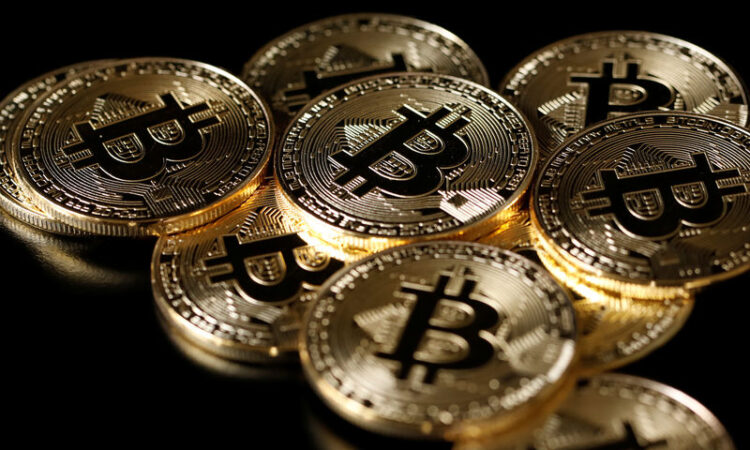
Benzinga – Crypto moves at an unparalleled pace. Programmer and generative artist Casey Rodamor has taken the space by storm with his recent NFT innovation, Ordinals.
Ordinals released in January, providing a method to represent non-fungible assets on the Bitcoin (CRYPTO: BTC) blockchain. However, the release was not met with universal praise. There’s been major pushback from BTC purists who claim that this is an “incorrect” use of the network.
Let’s examine the dynamics and value of this budding technology and whether Ordinals will be appearing on your favorite NFT marketplace.
h2 How Do Ordinals Work?/h2
NFTs are primarily traded on blockchains with smart contract functionality. Given that Bitcoin does not support smart contracts, bringing NFTs to the chain has been a significant challenge.
Rodamor’s team has achieved this by adding metadata to the lowest denomination of a Bitcoin: a satoshi (sat). For context, BTC can be divided into 100,000,000 sats.
Over 165,000 Ordinals have been inscribed since launch.
h2 Investors Are Buying Up Bitcoin NFTs/h2
Anyone can inscribe metadata onto a sat by downloading Bitcoin Core. First, the node needs to be synced to the network. Once this is complete, users can create an Ordinals Wallet and deposit some satoshis.
While usable, its design is incredibly technical. However, this is to be expected with any novel blockchain technology. Thankfully, a host of builders have flocked to Ordinals in an effort to improve the protocol’s mechanics and accessibility.
Hiro Wallet, a self-custody wallet for Bitcoin, recently added support for Ordinals. The wallet utilizes Stacks, a smart contract layer on Bitcoin. With Hiro, users can inscribe and collect Ordinals with no coding involved.
Another protocol, Gamma, has built a full-scale NFT marketplace for Ordinals. Gamma’s platform supports both Ethereum and Stacks wallets, making it simpler than ever to transact Ordinals. The site boasts a rich feature set including bulk inscriptions, metadata optimization, and more.
h2 Do We Really Need Bitcoin NFTs?/h2
Bitcoin maximalists on social media may dismiss Ordinals as a corruption of BTC’s utility. However, Ordinals actually provide increased utility for Bitcoin. This is especially important considering that BTC’s narrative as an inflation hedge was dispelled with 2022’s drawdown.
It’s important to understand that there are key differences between traditional NFTs and Ordinals. The most prominent contrast lies in the ability to change metadata once an NFT has been minted.
Current NFT metadata is generally hosted off-chain on the Interplanetary File System (IPFS). This means that an NFT collection’s metadata can be changed at any time, regardless of file format.
Get The App
Join the millions of people who stay on top of global financial markets with Investing.com.
Download Now
Conversely, Ordinals cannot be altered by anyone once they’ve been inscribed. This makes them immutable, in the true spirit of blockchain. Rodamor makes this distinction by terming inscriptions digital artifacts, as they’ll remain unchanged on the blockchain forever.
h2 Furthering NFT Innovation/h2
The idea that Ordinals are simply a cash-grab is superficial at best.
It may be true that we cannot predict how long Ordinals remain popular, or which NFT projects succeed on Bitcoin. However, it’s inarguable that Ordinals have ignited a wildfire of development for both Bitcoin and the NFT market.
It’s also worth noting that the SEC is cracking down on digital assets with force. Specifically, the commission has been shutting down staking services and targeting fungible tokens as securities.
Bitcoin is the only network that has proven that it isn’t a security beyond a shadow of doubt. Introducing NFTs to Bitcoin provides increased access and drives further adoption, underpinned by the most decentralized blockchain in existence.
Fresh innovation in any industry requires wading through jungles of red tape. It’s exciting to know that regardless of market conditions, builders continue to clear the path toward a truly decentralized future.
Here’s to the builders that work tirelessly to move blockchain forward, regardless of resistance.
© 2023 Benzinga.com. Benzinga does not provide investment advice. All rights reserved.
Read the original article on Benzinga






